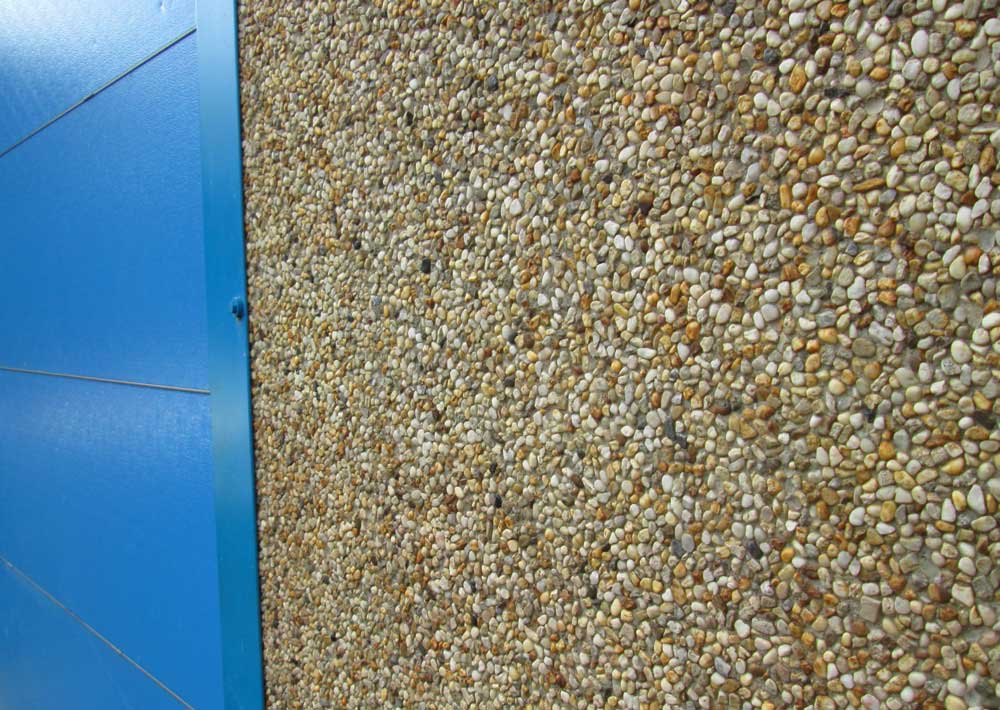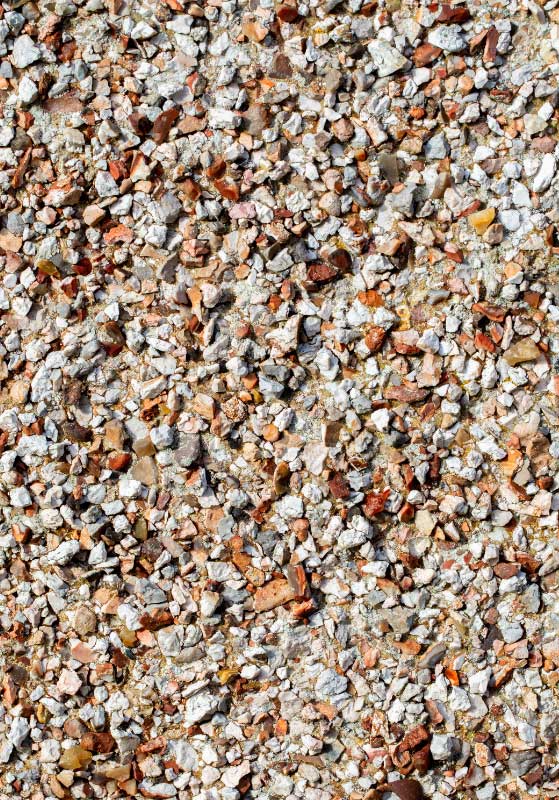Free Call Now

Pebble dashing, also known as roughcast, is a wall covering typically found on exterior walls. It's a decorative gravel finish applied to a render coat on buildings. Pebbles are tossed and pushed into two coats of a lime and sand foundation.
The result is a wall covered in tiny, smooth pebbles. Some masons consider pebble dashing to be an art form, and they can make their own special blend of base coat.
Pebble dash dates back to the 1920s when builders would use it to cover old bricks on the outside of a building. Aside from pebble dash, property owners occasionally use stucco, render or brick to cover external surfaces.
It was a low-cost way to refresh and weatherproof the exterior of your house. The building method was also common during the Arts and Crafts movement, the Tudor period, and “is commonly found on medieval buildings,” according to the article.
What most people don't realize is that pebble dash is a modern variant of a Roman-era rendering technique that involves throwing a mixture of quicklime and sand at outer walls to create a stippled impact.

Pebble dash houses arose in the aftermath of World War One, when there was a severe housing shortage, supplies were scarce, and houses had to be constructed quickly. Pebble dash began as a way to conceal the low-cost bricks used in the construction of these homes.
It was made out of dredged sea pebbles that were dumped by hand onto wet sand and cement. It was also common because it was easier to apply than stucco or rendering, particularly in areas where skilled labourers were scarce. Other than accessibility, below are other reasons why property owners choose pebble dashing:
The most important rule of rendering is that each of the two coats must be thinner (i.e., less cement) and weaker (i.e., less cement) than the one before it. The proportions of the blend can be altered in a variety of ways. If you're going to use hydrated lime in your mix, keep the cement/lime to sand ratio to 1 to 3.
In other words, lime is considered to be a component of the cement content of the mix, and the proportion of cement may be adjusted by changing the proportion of cement.


Pebble Dashing aggregates preserve the exterior fabric of new and refurbished buildings while also offering a low-maintenance, visually appealing finish. There are several varieties of this spar dash such as sharp-dash, Sharpton.
Below are some of the decorative aggregates available in the market.
This is a blend of white and cream marble ; the stones give a nice speckled pebble dash finish.
A mix of gold, yellow, orange, and cream colours. It has a more rounded appearance compared to other stones.
It's a careful mix of beige, cream, and orangey-yellow.
It's the most preferred material in pebble dashing. The mix of smooth pebbles in salmon pink, white, grey, brown, and black, are also used for decorative gardening.
It is sized 3-8 mm and is suitable for pebble dashing, with subtle colours of peach, creams, grey, and white providing a mellow finish.
Your home will take on a whole new look if you pebble dash it. It's a smart way to boost the aesthetic appeal of your home while also increasing its resale value if you plan to sell. A pebble dashed house will cost roughly between £2,000-£3,000 depending on the size of your house.
For a pebble dashing job, it's critical to recruit the right specialists. You want to make sure that the right tools and materials are being used. This isn't the kind of project that can be completed on a weekend.
Pebble dashing your home can take anywhere from 3 to 14 days, depending on the size of your house. It would normally cost between £140 and £160 a day per labourer.
For pebbles, you can expect to pay anywhere from £8 to £20 per 25 kg. The cost of materials will depend on the size of the area.
If you want your pebble dash painted as a finishing touch, expect to pay between £10 and £25 per meter squared.


Painting your pebbledash can appear to be a good choice if it has become noticeably weathered but is otherwise in good condition. It would give you a new look without too much expense or effort – or so you'd imagine.
Pebbledash isn't really ideal for painting because of its rough, bumpy surface. Painting the numerous peaks, troughs, and sharp edges is a nightmare – and the realism is much worse. Furthermore, paint is never a long-term alternative outside the building.
Yes you can, while the process is long and painstaking, it's not entirely impossible. This is done with a coloured render, which eliminates the need for repainting, or sand and cement render, which requires painting once installed. All of the old pebbledash will be removed, and the bare bricks will be rendered.
Repairing pebble dashed exterior walls isn't easy. It isn't impossible, though. The first step is Pebble dash removal and rendering. It is a time-consuming operation that requires the use of hand tools, and the brickwork will need to be washed to return to its original state.
It is possible to paint it, but given the texture of the surface, this is a difficult task because it won't get every surface of the building covered. Paint rollers aren't going to cut it, and stippling the whole region can take a long time. Spray paint will is a more efficient alternative and will save a lot of time.
Removing the current pebble dash and rendering over the bare bricks is needed for a properly executed rendering job. Applying new render on top of an existing finish would put undue strain on the walls.
Pebbledash loses its pebbles over time especially at the base of the wall after heavy rain, revealing the unpainted mortar beneath. The rain will be absorbed, and the water will remain in the wall. The water inside the wall will freeze as the weather changes. The water spreads as it solidifies, causing cracks.
If this process begins, it just gets worse over time. More gaps and hollow patches of render will appear soon, indicating that the wall covering is simply "hanging" on the wall rather than being affixed to it. This is when the interior of the building begins to show damp spots.
Pebbledash is a type of wall covering typically used on outside walls. Pebbles are thrown and pushed into two coats of a lime and sand foundation. The result is a wall covered in tiny, smooth pebbles. It is considered an art form by some masons who may mix their own special blend of base coat.
Pebbledash comes in a variety of colours, with some stones already pre coloured. The colour tones are inspired by granite, sandstone and slate. Contact Render Hero today and let us help you choose the best solutions for you.
